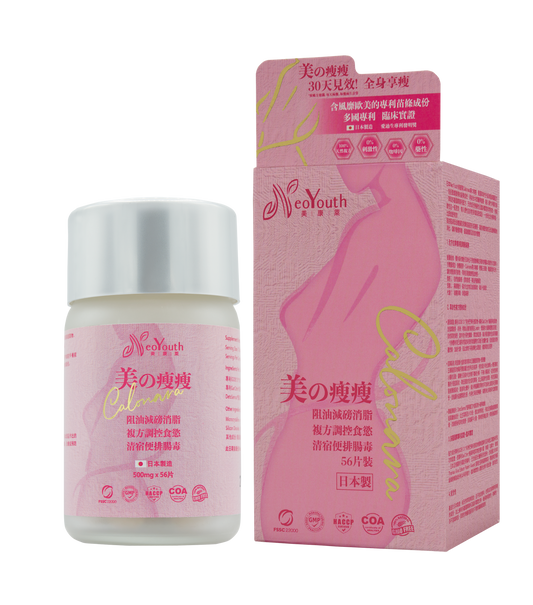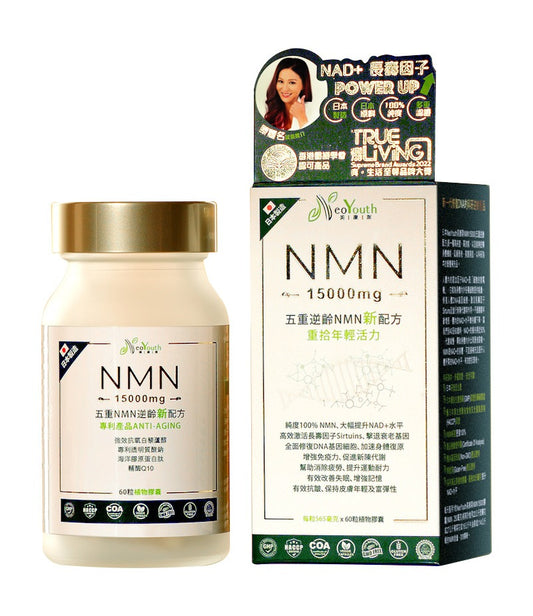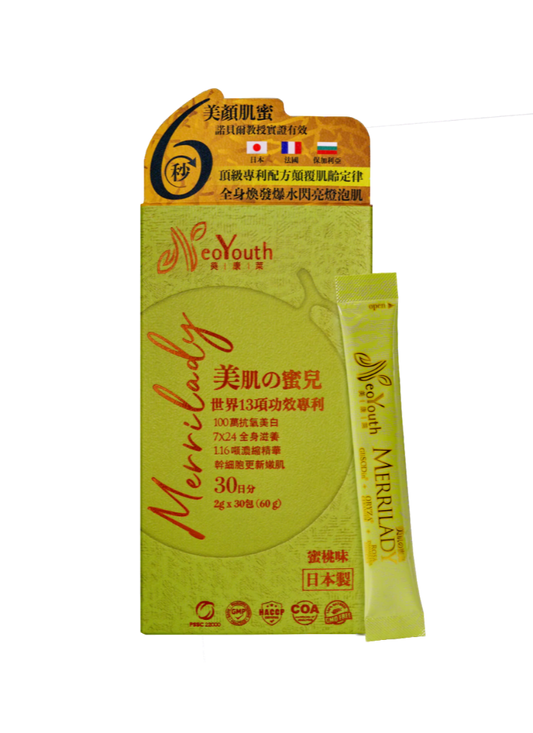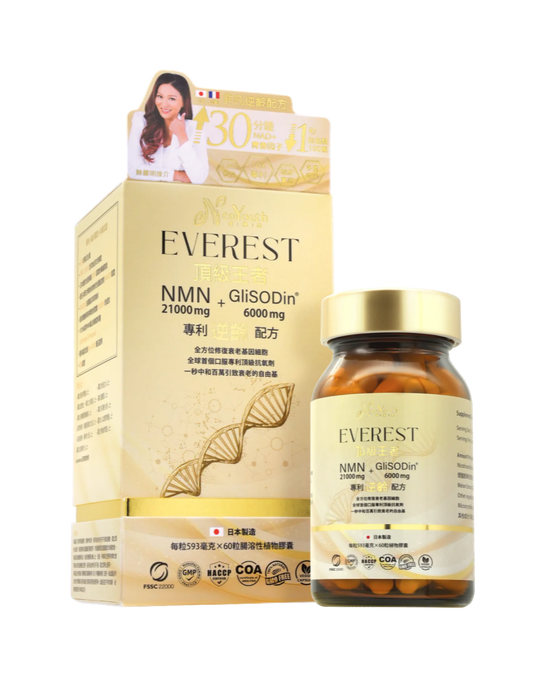Skin aging is an inevitable process, but we can slow it down through various methods. One of the most common problems is the formation of wrinkles. Below is some information about skin aging and wrinkle formation to help you better achieve your goal of looking younger.
Q1. What is the prevalence of skin aging and the common age groups affected?
Skin aging is a universal phenomenon that occurs regardless of age or gender. However, the rate and extent of skin aging vary from person to person and are influenced by many factors, such as genes, environment, and lifestyle. Generally speaking, skin aging is particularly noticeable in people over 40. Unhealthy lifestyle habits, such as smoking, an unbalanced diet, and lack of sleep, can also accelerate the aging process.
Q2. Could you explain the three reasons why wrinkles form?
1. Areas of the face that are frequently used for facial expressions are prone to wrinkles.
The elasticity and firmness of the skin are supported by a network of structural proteins such as collagen and elastin fibers. When we frown, laugh, or make other facial expressions, the facial muscles contract, and the network of structural proteins on the skin's surface is stretched. Over time, wrinkles form in these areas. Therefore, areas frequently used for facial expressions, such as the corners of the eyes, forehead, and corners of the mouth, are the main sites for wrinkle formation.
2. Poor skincare habits
Poor skincare habits can also lead to skin aging and wrinkle formation. For example, if you frequently use harsh cleansers or cosmetics, or scrub your face vigorously, you can damage the skin's lipid barrier, making it dry, rough, and prone to wrinkles. Furthermore, neglecting sun protection and prolonged exposure to sunlight can accelerate skin aging and wrinkle formation.
3. Sun exposure causes skin aging.
Ultraviolet (UV) radiation from sunlight is one of the main factors contributing to skin aging. UVB rays can directly damage collagen and elastin fibers on the skin's surface, making the skin loose, fragile, and prone to wrinkles. Furthermore, UVA rays can penetrate deep into the skin, damaging cellular DNA. When the skin is damaged by UVB and UVA rays, it triggers oxidative stress and inflammatory responses, which in turn activate enzymes and cytokines, such as metalloproteinases and lupus erythematosus cytokines. These substances damage collagen and elastin fibers and inhibit the synthesis of new collagen and elastin fibers, thus accelerating skin aging and wrinkle formation.




